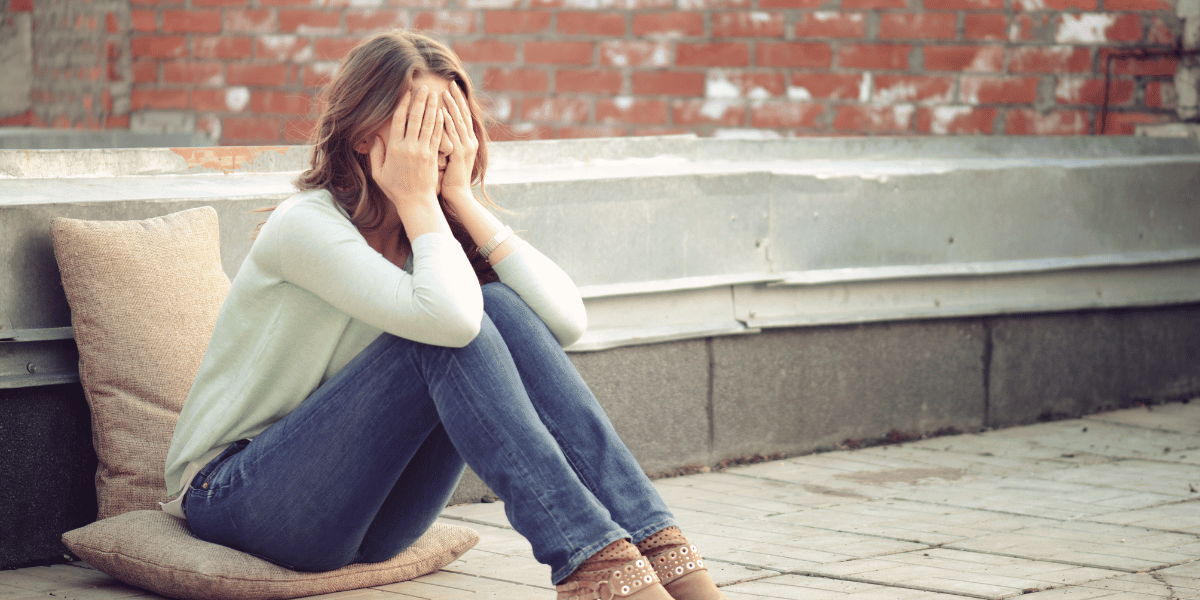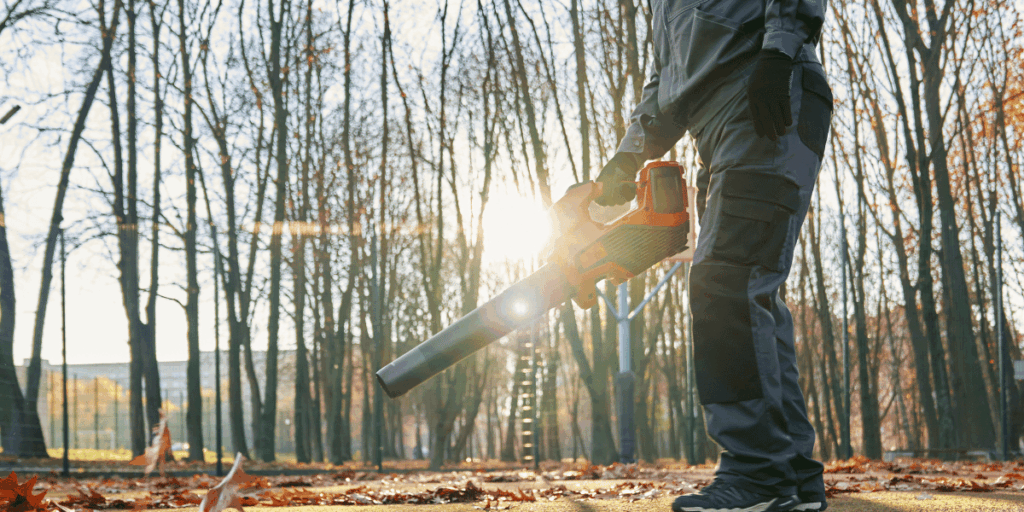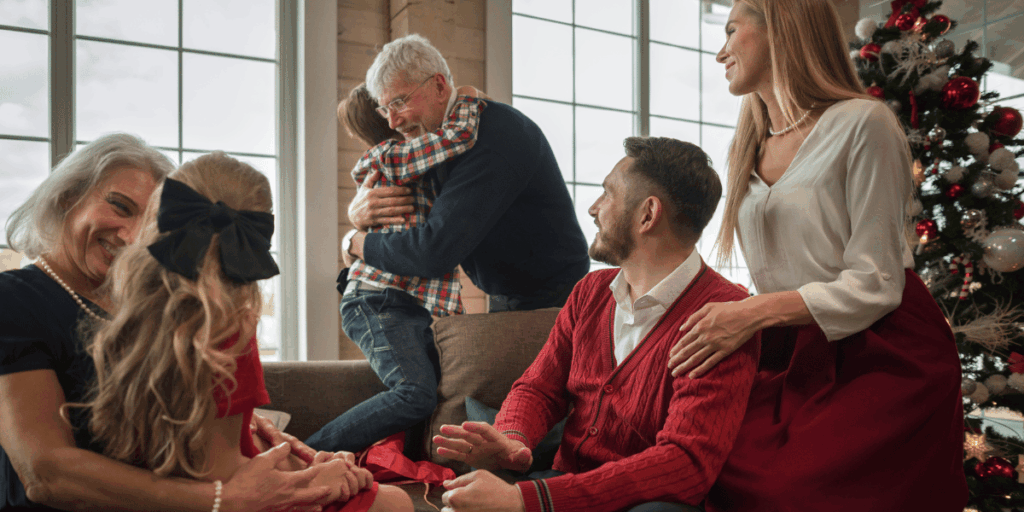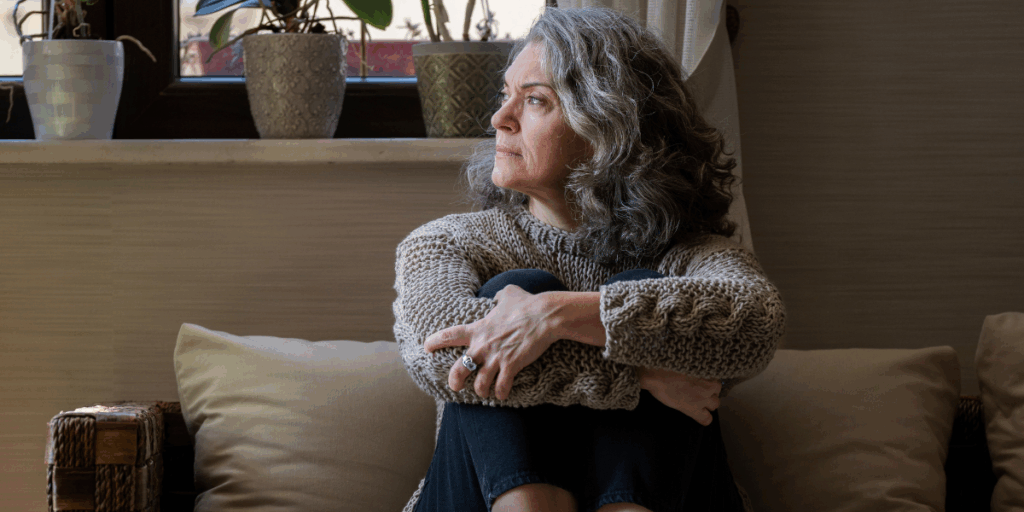Building Resilience — 6 Tips to Trade Helplessness for Healthy Control
This is part 1 of a four-part series on how to root out a sneaky pattern called “learned helplessness” from our life and relationships, and create resilience instead. We have never done a four-part series before, but are doing it this time because this concept has many practical applications across all of life.
In the Winnie the Pooh series, Eeyore had a detachable tail, which he often lost. He was once asked to suggest a prize for whoever found it.
“I’d say thistles, but nobody listens to me anyway,” Eeyore moaned.
Once, when the tail was found and Christopher Robin asked if he’d attached it back on properly, the downcast donkey said, “No matter, (I’ll) most likely lose it again anyway.”
It’s classic Eeyore. But is it classic … us? Have we developed patterns in our life and relationships that sound like this?
- “I’ve tried to lose weight so many times and I just gain it all back. There’s no point in trying.”
- “Nothing I do is good enough for my wife. I’ll just let her do everything her way.”
- “My supervisor keeps undermining me, and I can’t make the situation better. I’m stuck.”
- “I’ve tried and failed to quit smoking so many times. It’s time to just resign myself to being a smoker.”
- “If I hadn’t had kids and had to drop out of college, maybe my finances would be okay – but I did, and they aren’t.”
- “It’s not fair that these bad things happened to me, and keep happening, no matter what I do.”
- “Nothing’s going to make a difference in this depression, so why bother going to counseling?”
And even (recognize this one?):
- There’s no one else to make the food for the school event (or women’s conference, or neighborhood party), so I have to do it again even though I don’t want to.
Researchers and psychologists call this “learned helplessness” and this tendency affects all of us to some degree – usually without us even realizing it. Whether as the result of trauma (a common cause) or any other reason, this dynamic in someone’s life is almost like a train that is speeding down the tracks with a bent or broken axle. If not noticed and addressed, it could get worse every time there’s a shock to the system. Eventually, there could be a derailment and all sorts of tragedies that never had to happen.
Not to mention that simply living with a bent axle – a feeling of being helpless in the face of pain – is no fun even if it doesn’t end up causing a derailment! Nobody wants to be or feel like a victim. And nobody wants their loved ones to feel that way either. Learning resilience is far healthier than learning helplessness.
So in this part 1, let’s tackle what learned helplessness actually is – and is not. In part 2, we’ll discuss how it might be affecting us and/or those we love, and in parts 3 and 4, we’ll tackle how to consistently create a more healthy, hopeful, and resilient response.
What Is learned helplessness?
Learned helplessness is basically handling things with a sense of futility in the face of difficulty, because we don’t think we can bring about change. It may mean quitting, checking out, getting angry, feeling sorry for ourselves, becoming passive, or dozens of other responses – but the underlying feeling is a sense of helplessness and futility.
This dynamic was first documented by two researchers in the 1960s who conditioned dogs to endure electric shocks. (Awful, I know. My entire staff cringes at this because they all have dogs they are crazy about – even my speaking agent Nicole, who has a stubborn Frenchie that, let’s say, only a dog lover could love.) Although this experiment would never be allowed today, it nevertheless revealed something important.
Here’s how they did it. At the outset of the experiment, there were three groups of dogs:
1) a control group that was not shocked
2) a group that was shocked but could act to make it stop
3) a group that was shocked with no way to make it stop.
Then, later in the experiment, all three groups were shocked and – here’s the key – all three could escape the shock if they jumped a low wall. Groups 1 and 2 jumped the wall. But group 3, the ones who had been shocked with no way of escaping, simply endured the discomfort until it stopped. They had developed a sort of quitting or victim response. The researchers called it learned helplessness.
We all have this dynamic – because it’s not actually “learned”
In the half-century since that study, other researchers have found just how susceptible all of us are to this tendency. (The human version of this experiment often involves people being exposed to loud noises.) I’ve seen it in my own research many times, and it is likely that you have seen or felt it too.
Why is it so widespread? The bottom line is that the word “learned” is the wrong word. Scientists eventually “discovered” a truth about human nature that the Bible has described all along. We don’t actually “learn” dynamics like discouragement, helplessness, or a sinful sense of self-pity, anger, or passivity. Those are the default of the human condition and of living in a broken world. (I’ll keep using the phrase “learned helplessness,” though, since that is still the official name for this pattern.)
Sometimes the implications of this “default setting” are relatively minor: “You never like it when I fold the laundry that way, so fine, I’m out. You can do the laundry from now on.” Or perhaps we always agree to taking too many late-night work shifts because we feel like we have no choice if we want to stay in the boss’s good graces.
But sometimes the implications are much more serious: “Nothing I do is ever good enough for my spouse, so I’m just going to check out and focus on work or parenting, where I feel good at what I do.” Or we give in to an addictive compulsion that hurts our life, work, or relationships, because we feel powerless and give up trying to address it.
As you can imagine, it’s far better to “catch” this mindset early on, and figure out how to learn resilience instead.
What learned helplessness is not
Those of you who follow the blog regularly may be saying, “But Shaunti! You just told us a few months ago to accept what we cannot change!” And you’d be right!
Learned helplessness is not the same as the pattern we unpacked in that three-part series on grief and acceptance. As we discussed in part 2 of that series, sometimes we do have to accept hard things. In the example I shared about my post-cancer dietary regimen, I have had to grieve and accept that I will never again be able to eat the bread-based carbs that I love. Do miss donuts? Boy, do I ever! But am I helpless? Nope. I’m learning to love seasoned, roasted cauliflower and other yummy foods that support my health.
Do you see the difference?
Learned helplessness says: Well, I guess I’ll never eat my favorite foods ever again so why bother trying to find foods I like.
Acceptance says: I have so many options. I’ll enjoy other tasty foods that improve my odds of remaining healthy.
With learned helplessness, people endure discomfort even though they could change it. With acceptance, people acknowledge their reality – even if it has limitations – and move on to live a rich, full life.
So that is what learned helplessness actually is. In Part 2, we will cover what it looks like in real life and what to do about it.
If you are interested in having Shaunti bring research-based strategies, practical wisdom and biblical principles to your next event, please contact Nicole Owens at [email protected].
On our podcast, I Wish You Could Hear This, Jeff and I offer proven steps to help you thrive in your life, faith and relationships. In other words, we’ll offer the practical help you’ve grown accustomed to right here in this blog space. You’ll take away specific steps that help you today. Listen, follow, and share with your friends on YouTube, Apple Podcasts, Spotify and other platforms.
Please note: This post may contain affiliate links. As an Amazon Associate we earn a small amount from qualifying purchases through these affiliate links. This doesn’t cost you anything, and helps us continue bringing you great content!







